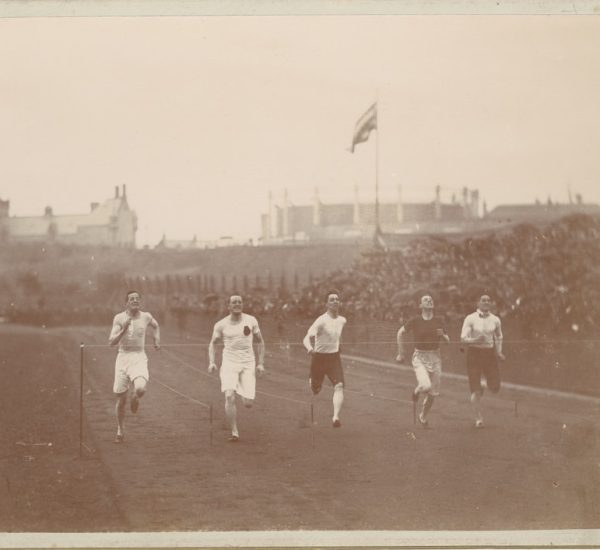In today’s world of high-performance sports analytics and widespread fan engagement, accurate and timely football statistics have become more important than ever. For coaches, players, journalists, scouts, and fans, the ability to interpret performance data intelligently can offer a winning edge both on and off the pitch. However, not all sources are created equal. With hundreds of websites offering football statistics, the key lies in identifying those that are trusted, comprehensive, and regularly updated. Below, we uncover the top websites to find accurate football stats and player analytics in 2025.
1. FBref
FBref has established itself as one of the premier destinations for deep, data-driven football statistics. Operated by Sports Reference LLC, it offers a treasure trove of detailed information across major leagues such as the Premier League, La Liga, Serie A, Bundesliga, and Ligue 1, as well as less popular competitions.
What distinguishes FBref is its extensive use of StatsBomb data, which provides advanced metrics like xG (expected goals), xA (expected assists), pressures, progressive carries, and much more. Users can analyze historical performance trends or compare players across multiple seasons and positions.
- League tables and match results
- Advanced player metrics, including xG chain and xG buildup
- Interactive radar charts and visualizations

2. WhoScored
WhoScored remains a favorite among fans due to its visually appealing data dashboards and detailed player ratings system. With coverage of over 500 leagues, it offers both basic and advanced statistics including pass accuracy, shots per game, and key dribbles.
Its player rating algorithm is unique, relying on real-time data feeds and algorithms to evaluate performance on a scale of 1 to 10. This makes it especially useful for gauging a player’s consistency or standout performances throughout a season.
Key Features:
- Live match commentary and in-game player stats
- Comprehensive heat maps and player strengths/weaknesses
- Tactical team breakdowns before and after matches
3. Sofascore
Sofascore is known for its real-time match tracking and intuitive mobile app experience. It is often cited for its player evaluation model, which gives a performance score from 1 to 10 based on real-time action and several defined KPIs.
In 2025, it has expanded its offerings in the field of AI-based player predictions and team comparisons. Coaches and fans alike use Sofascore’s real-time analytics for quick insights into form and tactical changes.
- Live match tracking with detailed timelines
- Advanced visualizations such as positional maps and goal distribution
- Historical performance comparisons for player scouting
4. Transfermarkt
Though more associated with market values and transfer speculation, Transfermarkt is also a significant player in football stats and analytics. The site provides a comprehensive view into player playing times, position usage, injury history, and squad dynamics.
One of the standout features in 2025 is its advanced filters to retrieve data for specific scenarios—want to know how a player performs in rainy away games? Transfermarkt is capable of delivering that context. It also offers integrated news that brings narrative to the numbers.
Notable Features:
- Detailed profile pages with injury history and market value over time
- National team statistics and youth career tracking
- Live updates on transfers with detailed breakdowns and valuations
5. StatsPerform (Opta API)
Not a traditional fan-oriented website, StatsPerform is the backbone of data for many other platforms including broadcasters, clubs, and sports apps. It distributes Opta data, widely considered the gold standard in football statistics, supplying real-time insights across more than 70 competitions globally.
If you’re building your own football app or dashboard in 2025, integrating an API from Opta via StatsPerform provides unparalleled accuracy and speed. This is often used by professional analysts, scouts, and media firms.
Core Offerings:
- Comprehensive APIs for team and player data integration
- Advanced context-aware algorithms for play prediction
- Athlete tracking and probability modeling
6. FotMob
FotMob delivers an excellent balance between casual fan usability and serious analytics. The app-focused platform offers real-time notifications, match commentary, and player performance ratings. In 2025, new visual data dashboards display rolling averages, last 5-match insights, and percentile graphs for player comparisons.
FotMob also incorporates links to external sources, allowing users to easily cross-reference data and news. This makes it particularly useful for users who need both numbers and narrative to form a complete picture of a footballer’s form.
- Supports over 300 leagues and international tournaments
- In-depth stats including touches in opponent box and defensive duels
- Goal probability and win expectancy updated live
7. WyScout
WyScout is a professional-grade scouting and video analysis platform, widely used by football clubs, agents, and managers. Although the tool is oriented more toward institutional use, there is increasing accessibility to its features in 2025 through club sharing and media reporting.
WyScout combines granular match event data with extensive video libraries, allowing users to conduct a deep dive into every aspect of a player’s style. Everything from ground duels won to pressing actions can be quantified and qualified through footage analysis.
- Thousands of match videos searchable by action type
- Detailed action logs categorized by position and match context
- Integration with team management and coaching platforms

8. This11 (Tactical Analysis Tool)
Although not a dedicated stats site, This11 provides tactical illustrations that help users digest and communicate data-driven insights. In 2025, the platform has added new features such as integration with match data from Opta, enabling analytics to be linked directly with your custom formations.
It is an excellent supplementary tool for those looking to apply statistical insights to real-world strategies, helping coaches and fans translate numbers into formations and tactics seamlessly.
Highlights:
- Create custom tactical setups paired with real match data
- Compare tactical setups side by side
- Add data-driven notes to player positions
Conclusion
In 2025, football analysis has transcended basic scorekeeping and player stats. It is now anchored in rich datasets, AI modeling, and tangible visual storytelling. Whether you are a data scientist integrating APIs, a journalist breaking down form guides, or a dedicated fan tracking your fantasy league lineup, these websites offer the reliability and depth required in the modern game.
By using a combination of these platforms—say, FBref for in-depth metrics, WhoScored for real-time ratings, and WyScout for video analytics—you ensure a complete 360-degree view of performance. As football continues evolving, so too will the sophistication of the analytics. But having the right sources will always remain your greatest asset.



